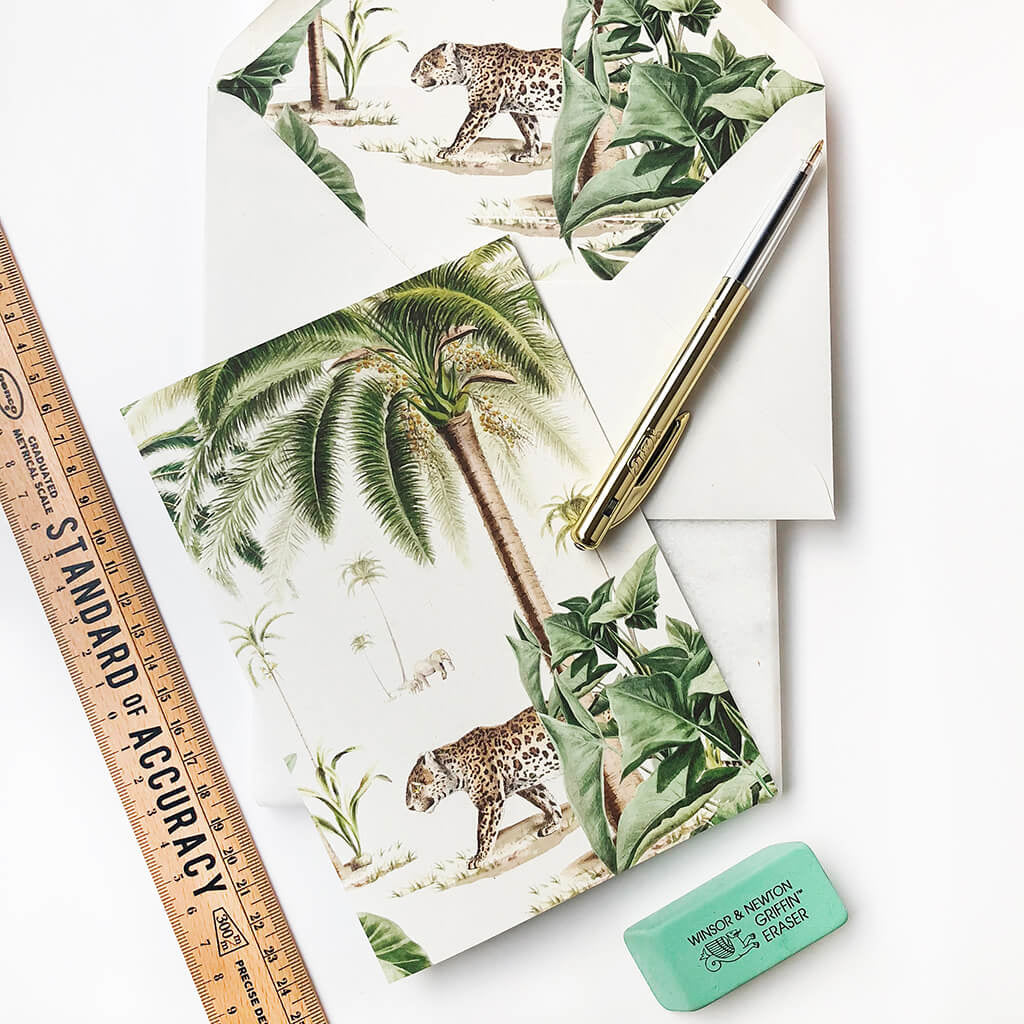Lavender Munstead Blue
Lavender Munstead Blue
Couldn't load pickup availability
Lavender is a perennial flowering plant native to the Mediterranean. Munstead Blue, in particular, is its compact, early blooming, English variety, with bluish-purple flowers above slender, aromatic, grey-green leaves. First introduced in 1916 by the garden designer Gertrude Jekyll, and named after her house Munstead Wood in Surrey, England, this variety is a great choice for containers and is widely used in cooking as a condiment for salads, soups, stews. It provides a very aromatic flavour that is too strong to be used in large quantity. Its fresh or dried flowers are used to make tea, while the fresh flowers can be crystallized or added to jams, ice cream and vinegars. Essential oil is also made from the flowers for both culinary and therapeutic purposes.
LATIN NAME
Lavandula officinalis
NAME
Lavander
VARIETY
Munstead Blue
QUANTITY
200 seeds
PLANT SIZE
Height 45 cm
Width 60 cm
CONTAINER SIZE
Height 30 cm
Width 30 cm
COMPANION PLANT
Thyme, oregano, nepeta, borage, chamomile, nigella
SOWING
Indoor Mar-Apr
Outdoor Apr-June
TIMING
Germination 20-40 days
Harvesting 90-120 days
SPACING
When sowing 3-5 cm; Depth 0,2 cm
When thinning 20-30 cm
GROWING
Sunligth Full sun
Soil Well-drained, fertile and moist soil
Watering Regular, allow to dry out
Feeding No fertilizer or compost addition is necessary
CARING
Expert tip Although Munstead Blue is a good variety of lavender to start growing from seed, lavender seeds are slow to germinate in general and will require warm temperatures, between 18 °C and 21 °C. Thus, start early and be patient.
SUPPORTING
Pollinators
Attracts bees and butterflies.
Pests
It is said to repel mice
HARVESTING
Cut back the stalks after the flowers have faded. Leave the foliage over winter to prevent the plants from becoming leggy and bare at the base. Trim them back in April, taking care not to cut into old wood as it will not regrow if you do.
EATING
Medicinal properties Lavender has many health benefits, such reducing anxiety and improving sleep.
How to eat Lavender's sweet, fragrant flavour complements a range of foods. To ensure it doesn’t overwhelm a dish, you can use some tricks. For sweets, try using lavender-infused sugar or dried flowers. For meals, lightly toast dried lavender to deepen its complexity and remove perfumed notes.
Share





